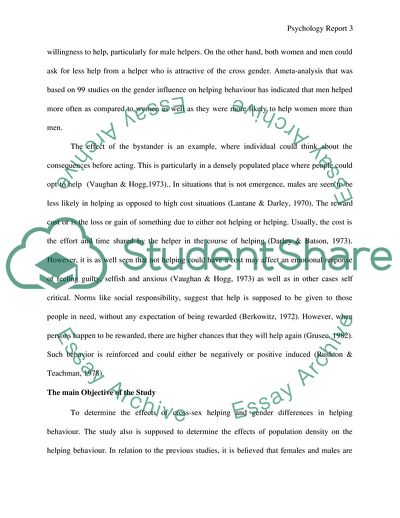Cite this document
(Bystander Experiment Lab Report Example | Topics and Well Written Essays - 1250 words, n.d.)
Bystander Experiment Lab Report Example | Topics and Well Written Essays - 1250 words. https://studentshare.org/psychology/1820044-bystander-experiment
Bystander Experiment Lab Report Example | Topics and Well Written Essays - 1250 words. https://studentshare.org/psychology/1820044-bystander-experiment
(Bystander Experiment Lab Report Example | Topics and Well Written Essays - 1250 Words)
Bystander Experiment Lab Report Example | Topics and Well Written Essays - 1250 Words. https://studentshare.org/psychology/1820044-bystander-experiment.
Bystander Experiment Lab Report Example | Topics and Well Written Essays - 1250 Words. https://studentshare.org/psychology/1820044-bystander-experiment.
“Bystander Experiment Lab Report Example | Topics and Well Written Essays - 1250 Words”. https://studentshare.org/psychology/1820044-bystander-experiment.


